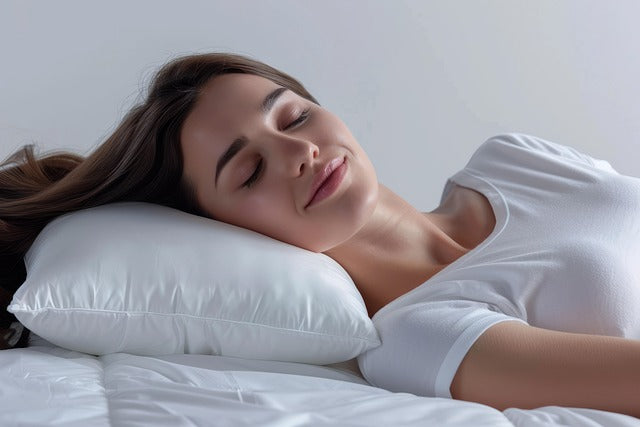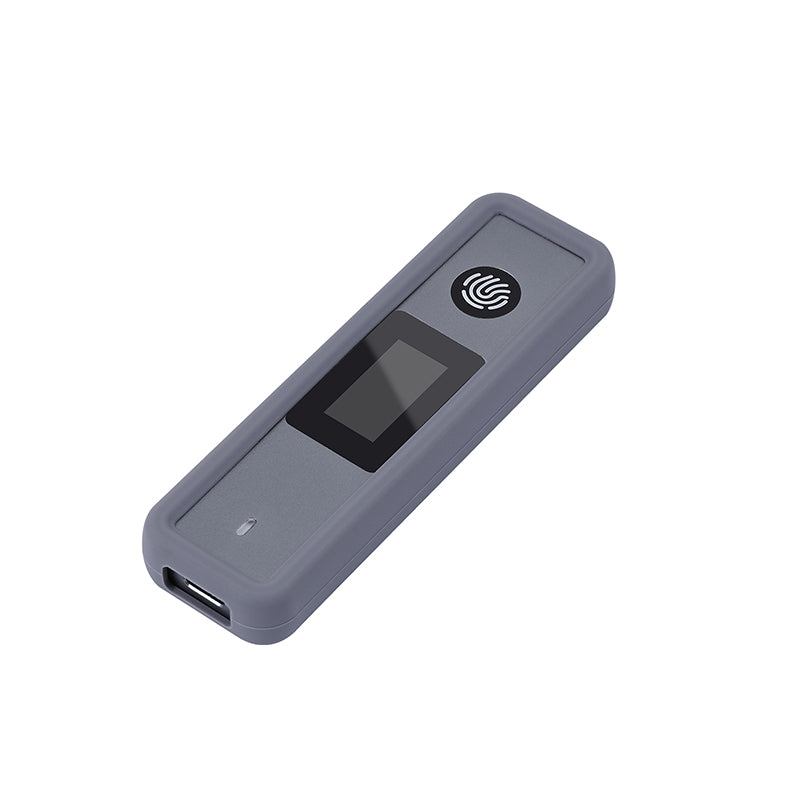
Share
The Ultimate Guide to Sleep Headphones vs. Regular Headphones: Differences, Use Cases & Buying Tips (Plus Tech Trends & Common Misconceptions)
1. Introduction: Sleep Headphones — Life-Changing Gadget or Overhyped Gimmick?
Sleep headphones have exploded in popularity in recent years. From Amazon best-seller lists to social media buzz, everyone seems to be talking about how they “changed the way they sleep.” But here’s the thing:
Can’t regular Bluetooth headphones help you fall asleep too? And is the whole “sleep audio” thing a real feature — or just marketing fluff?
Honestly, the sleep headphone market is full of contradictions. On one hand, some brands clearly overpromise and underdeliver. On the other hand, sleep headphones do address a very specific and real need — helping people relax and fall asleep more comfortably.
So instead of asking whether they’re a waste of money, it’s more accurate to say:
Sleep headphones are simply audio solutions optimized for sleep environments.
This guide isn’t about pushing you to buy a certain product. Instead, we’ll break down how sleep headphones differ from regular ones, who they’re best for, and what features really matter.
2. Key Differences: 5 Core Areas from “Purpose” to “User Experience”
Let’s break things down by five essential categories: use case, comfort, sound tuning, noise control, and a newly added one — smart features.
|
Category |
Sleep Headphones |
Regular Bluetooth Headphones |
|
Primary Use Case |
Nighttime relaxation, falling asleep, side sleeping |
Music, phone calls, workouts, multitasking |
|
Comfort |
Ultra-lightweight, soft materials, designed for side sleepers |
Various designs, often uncomfortable for long wear |
|
Sound Tuning |
Emphasizes low-frequency softness, white noise, and ambient audio |
Wide dynamic range, focused on richness and clarity |
|
Noise Control |
Passive isolation + controlled transparency |
Active noise canceling (ANC) + ambient sound modes |
|
Smart Capabilities ✅ (New) |
Sleep timers, sleep tracking, app-based white noise libraries |
Typically lacks sleep-specific features, only basic settings |
In short:
Sleep headphones aren’t necessarily “better” — they’re just more specialized.
3. Pros and Cons: It’s Not About Which Is Stronger, But Which Is Right for You
1. Sleep Headphones
✅ What they’re great at
- Barely-there feel: Ergonomically designed for minimal pressure, especially when sleeping on your side
- Sound that soothes: Specifically tuned to avoid sudden loud noises and to ease you into sleep
- Safe for sleep: No bright lights, no accidental touches, and optional sleep timers to avoid all-night play
❌ Where they fall short
- Smart features still maturing: Sleep tracking and AI capabilities often lack accuracy or consistency
- Inconsistent quality control: Some brands exaggerate features like battery life or sound profiles
2. Regular Headphones
✅ Their biggest strengths
- Advanced audio tech: Better sound quality, more stable Bluetooth protocols, mature ANC algorithms
- Robust app ecosystems: Often integrate seamlessly with iOS/Android features and third-party apps
❌ Sleep-specific drawbacks
- Over-engineered for sleep: Touch controls, voice prompts, and status lights can disrupt your sleep
- Not sleep-friendly: Many models press on the ear, easily fall out, or cause discomfort during side sleeping
4. Tech Trends & Common Misconceptions
A. Where Sleep Headphones Are Headed
- AI Sleep Recognition
Advanced models like Kokoon use motion sensors and acoustic analysis to detect light vs deep sleep and adjust playback accordingly.
- 3D Spatial Soundscapes
White noise that mimics immersive environments — think “forest surrounding” or “waves fading into the distance.”
- EEG-Synced Audio
Experimental but promising: some high-end products aim to align playback rhythm with your brainwave patterns for deeper relaxation.
B. Common Misunderstandings
|
❌ Myth |
✅ Reality |
|
“The longer I wear headphones, the better I sleep” |
Best to limit playback to 30–60 minutes and let yourself drift off naturally |
|
“Low volume means no ear damage” |
Long sessions at low volume can still cause ear canal moisture or infections |
|
“As long as they feel comfy, I’m good” |
Also look for breathable, skin-friendly materials to avoid overheating or irritation |

5. How to Choose the Right Sleep Headphones (or Not)
Best Options by Sleep Style
- Minimalist sleepers: Choose headphones with no buttons or indicator lights — e.g., SleepPhones or QuietOn 3
- Custom audio lovers: Look for app integration and personalized sleep audio libraries — e.g., Kokoon Nightbuds
- Platform compatibility tips:
- iOS users: Brands like Beoplay offer better AAC support and smoother Siri integration
- Android users: Prioritize LDAC or aptX support to avoid audio quality loss
Regular Headphones + Sleep-Friendly Hacks
If you're not ready to buy sleep-specific headphones yet, there are still workarounds:
- Combo trick: Try semi-in-ear buds + soft foam earplugs
- Use sleep timers: Most music apps like Spotify or Apple Music now have built-in sleep timers
- Avoid physical buttons: Accidental touches during sleep are more disruptive than helpful
- No-tech fallback: Sleep mask + earplugs = the old-school but effective way to block out distractions
6. Final Thoughts: The Best Headphones Aren’t the Most Expensive — They’re the Ones That Get You
Let’s be real — sleep headphones aren’t some miracle device.
They won’t “cure” insomnia, and they’re not a replacement for healthy sleep habits. What they can do is create a better sleep environment — one where sound is used gently, intentionally, and comfortably.
So before making a decision, ask yourself:
- Do I truly need headphones to sleep, or do I need to rethink my bedtime routine?
- Am I just having trouble falling asleep once in a while — or do I have a deeper, long-term sleep issue?
If it’s the former, the right headphones might really help.
If it’s the latter, they might just be one piece of a much bigger puzzle.
7. Frequently Asked Questions (FAQ)
Q1: Can sleep headphones really improve sleep quality?
A: For people sensitive to noise or looking for a calming routine, yes — they can help you fall asleep faster. But they’re not a medical fix for serious sleep disorders.
Q2: Are they safe for my ears?
A: If you keep volumes low, use clean materials, and limit wear time to under 1 hour, they’re generally safe.
Q3: Are headband-style sleep headphones actually comfortable?
A: It depends. Some people love the snug, eye-mask-like feel. Others may find it restrictive. Try a lightweight model if you're unsure.

